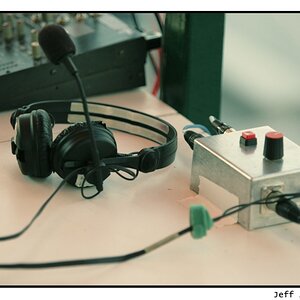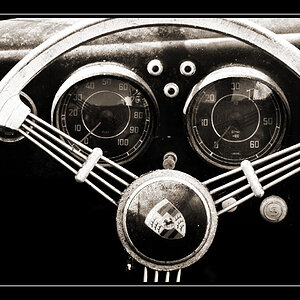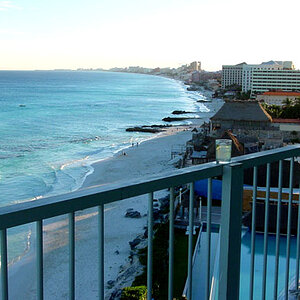FamilyID
TPF Noob!
- Joined
- Aug 27, 2013
- Messages
- 70
- Reaction score
- 1
- Location
- Canada
- Can others edit my Photos
- Photos NOT OK to edit
I'm looking at a 85mm F/1.8. I was wondering if the sharpness would be better than my 24-105mm? I know that primes generally have better optical performance and may be faster, but will a $350 prime beat out a $1150 zoom?


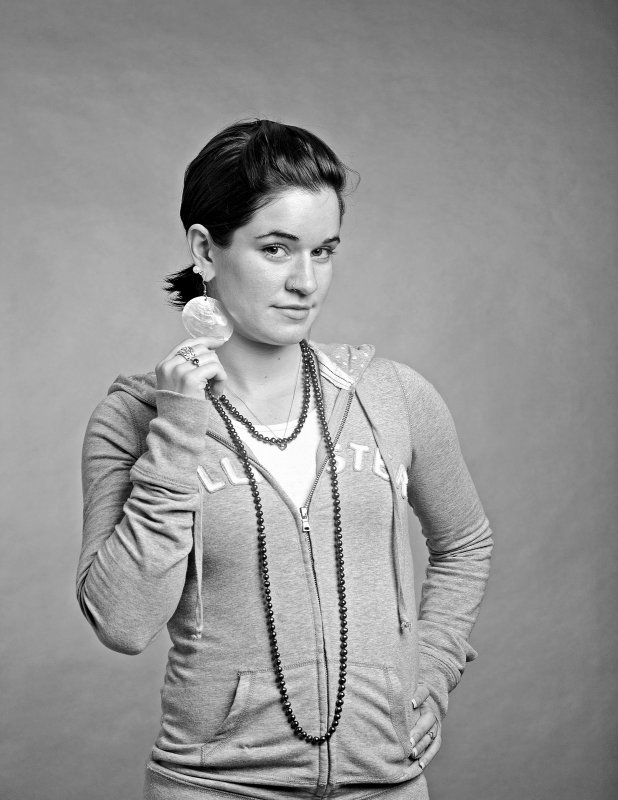
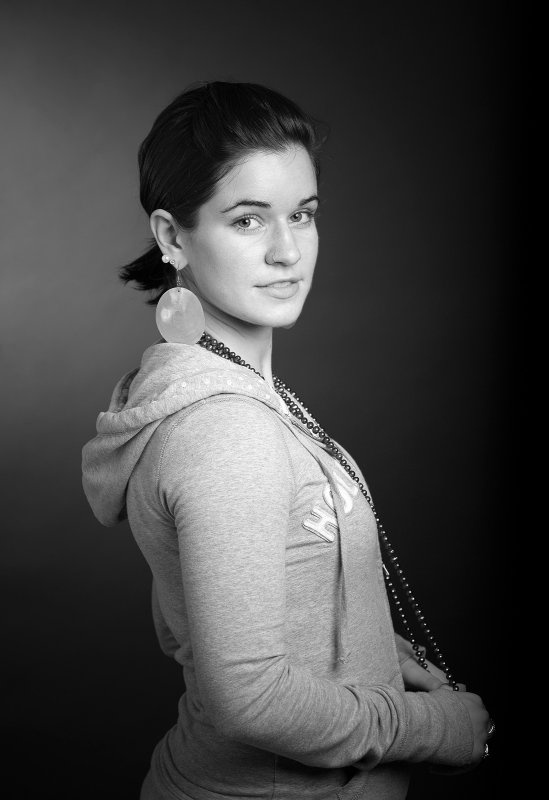
![[No title]](/data/xfmg/thumbnail/34/34119-711b53445c011079fb89b6f42682ed00.jpg?1619736289)
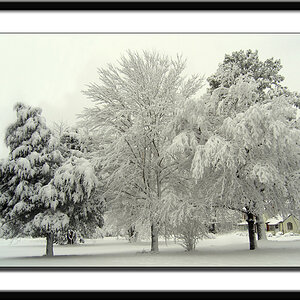
![[No title]](/data/xfmg/thumbnail/35/35948-700e0d840da0ca73727b1bd6d99b4142.jpg?1619737257)
![[No title]](/data/xfmg/thumbnail/38/38444-6063bb59cb410c520a1ccccbe58db9c7.jpg?1619738614)



